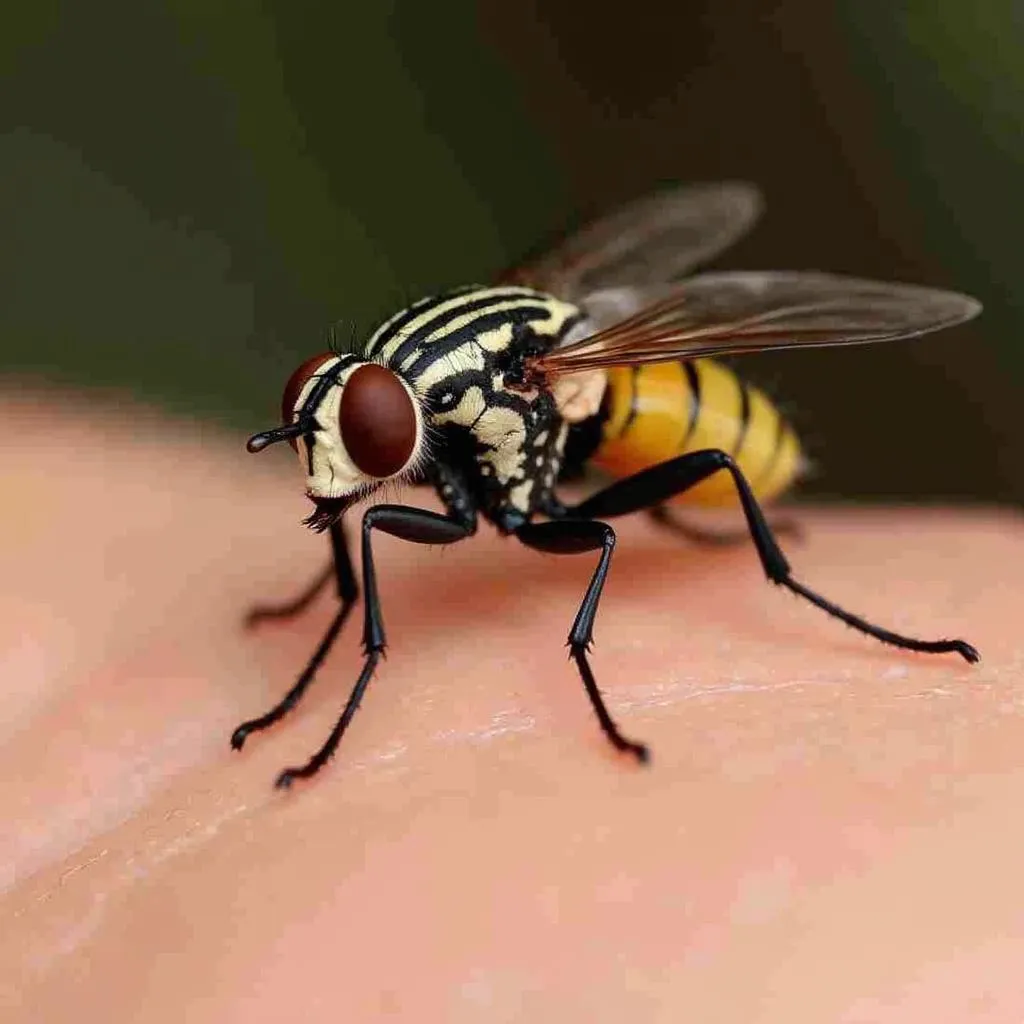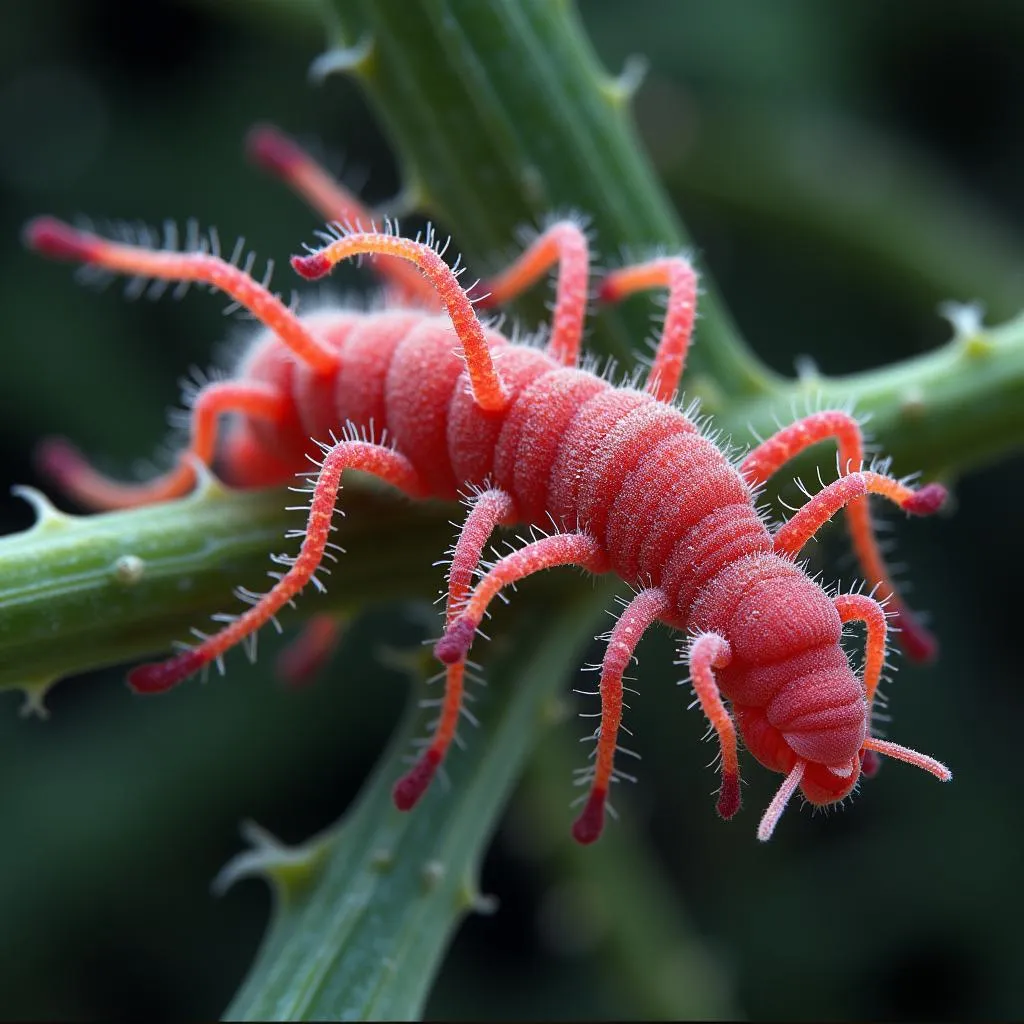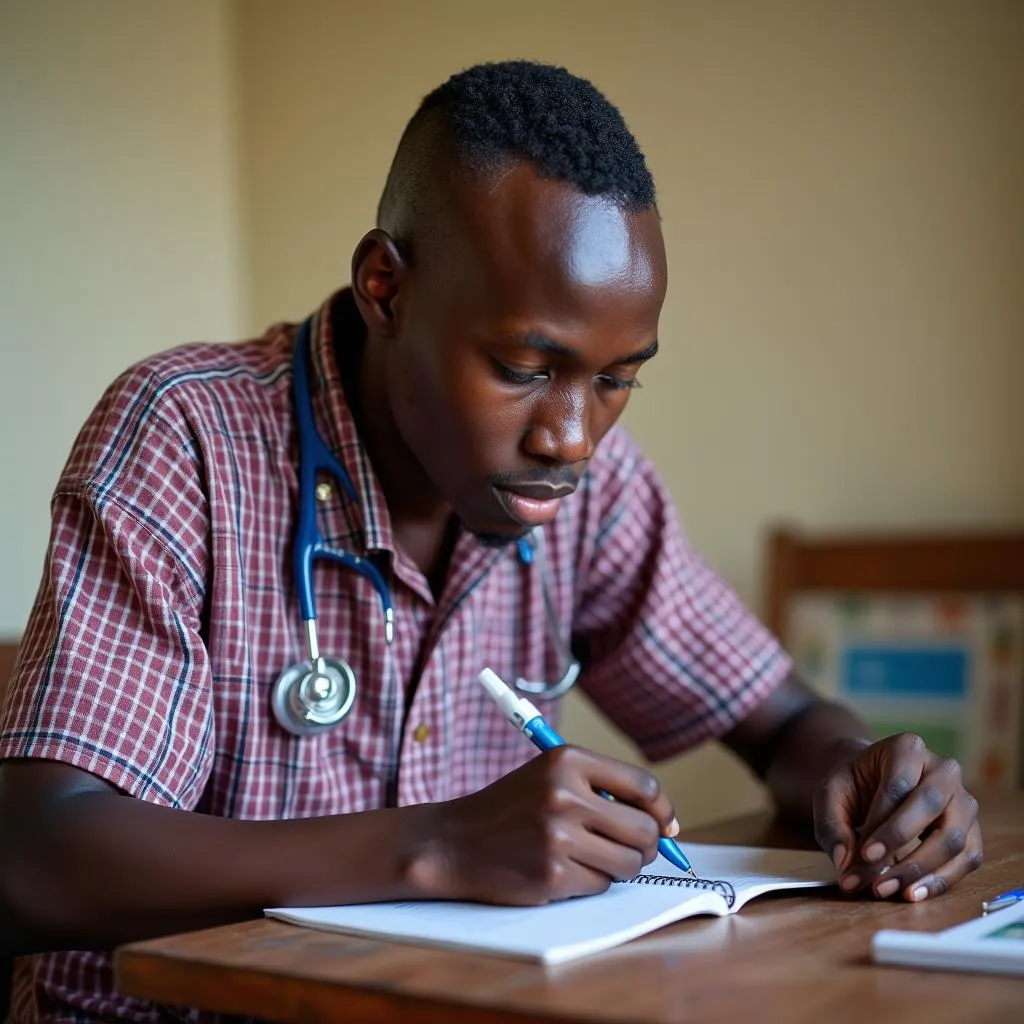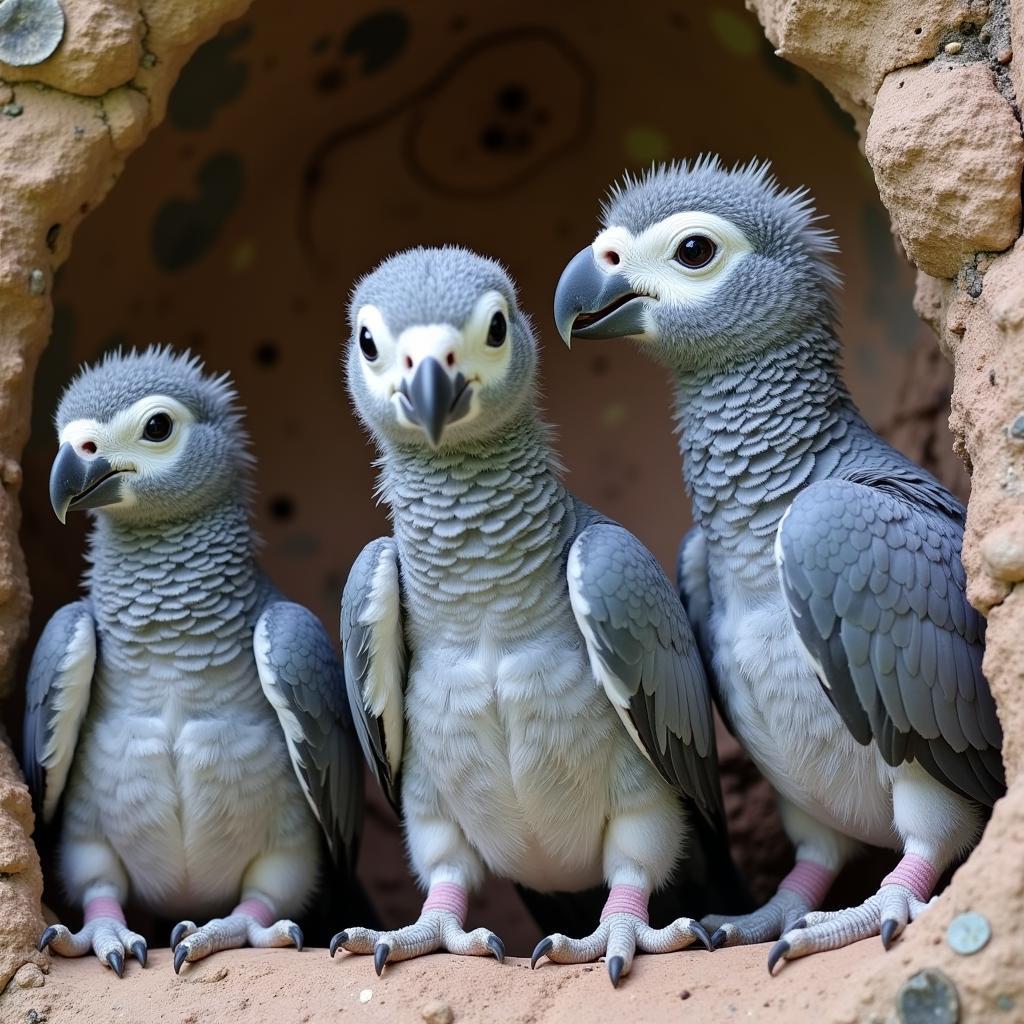African Sleeping Sickness Is Due To: Understanding the Causes and Transmission
African sleeping sickness, also known as human African trypanosomiasis, is a deadly disease that affects humans and animals in sub-Saharan Africa. It is caused by a parasite called Trypanosoma brucei, which is transmitted through the bite of infected tsetse flies. This article will delve into the specific causes and transmission methods of this debilitating disease, providing an in-depth understanding of its origins and spread.
The Culprit: Trypanosoma brucei
The culprit behind African sleeping sickness is the Trypanosoma brucei parasite. This single-celled protozoan exists in two main forms: Trypanosoma brucei gambiense and Trypanosoma brucei rhodesiense. While both forms are transmitted by tsetse flies, they differ in their geographical distribution, clinical manifestations, and the severity of the disease.
The Role of Tsetse Flies
Tsetse flies act as vectors, transmitting the Trypanosoma brucei parasite from infected animals to humans. These flies breed in areas with dense vegetation and are attracted to the scent of sweat, breath, and dark clothing. They are prevalent in parts of sub-Saharan Africa, particularly in areas with abundant wildlife and suitable breeding habitats.
Understanding the Transmission Cycle: A Detailed Look
The transmission cycle of African sleeping sickness involves a series of steps:
- Infection of the tsetse fly: The tsetse fly becomes infected by biting an infected animal, such as a wild animal or a domesticated animal. The trypanosomes then multiply in the fly’s salivary glands.
- Transmission to humans: An infected tsetse fly transmits the trypanosomes to humans when it bites them. The parasites then enter the bloodstream.
- Parasite multiplication: Once inside the human body, the trypanosomes multiply rapidly, causing the first stage of the disease, known as the hemolymphatic stage.
- Crossing the blood-brain barrier: The parasites eventually cross the blood-brain barrier, leading to the second stage of the disease, the meningoencephalitic stage, which affects the central nervous system.
Symptoms of African Sleeping Sickness: A Comprehensive Overview
The symptoms of African sleeping sickness can vary depending on the stage of the disease.
The Hemolymphatic Stage: Early Signs
- Fever: A common early symptom, often accompanied by chills, headaches, and muscle aches.
- Swollen lymph nodes: The lymph nodes, particularly those in the neck, may become swollen and tender.
- Headache: Severe headaches are common, especially during the early stages of the disease.
- Weakness: Muscle weakness and fatigue can be noticeable.
- Joint pain: Pain in the joints and muscles can occur.
- Skin rashes: Red itchy rashes may appear on the skin.
- Sleep disturbances: The infected person may experience disturbed sleep patterns.
The Meningoencephalitic Stage: Progression and Neurological Complications
- Sleep disturbances: The most characteristic symptom of this stage is sleeplessness during the day and drowsiness during the night.
- Confusion: The infected person may become confused, disoriented, and have trouble concentrating.
- Personality changes: Mood swings, irritability, and behavioral changes may occur.
- Speech difficulties: The infected person may experience slurred speech or difficulty speaking clearly.
- Seizures: Seizures may occur in some cases.
- Coma: If untreated, the disease can progress to coma and death.
Prevention and Control: Measures for a Healthier Future
Preventing and controlling African sleeping sickness is crucial for safeguarding public health in endemic regions. Here are some essential measures:
- Tsetse fly control: Reducing the population of tsetse flies is a primary focus. This can be achieved through various methods such as insecticide spraying, the use of traps, and the clearing of vegetation in areas where tsetse flies breed.
- Early diagnosis and treatment: Early diagnosis and treatment are essential for preventing the disease from progressing to the later, more severe stage. Prompt medical attention is crucial for effective management.
- Animal health: Treating infected animals, particularly livestock, helps to reduce the reservoir of parasites and minimizes the risk of transmission to humans.
- Public education: Educating communities about African sleeping sickness, its transmission, symptoms, and prevention measures is vital for raising awareness and promoting responsible behavior.
Expert Insights on African Sleeping Sickness
“The control of African sleeping sickness is a complex issue that requires a multi-faceted approach,” says Dr. Aminata Diallo, a leading epidemiologist specializing in trypanosomiasis. “It involves not only addressing the parasite and the vector but also improving living conditions and access to healthcare in endemic areas.”
“Early diagnosis and treatment are critical for improving the chances of survival,” emphasizes Dr. Babatunde Adeyemi, a renowned infectious disease expert. “Prompt medical attention can prevent the disease from progressing to the dangerous meningoencephalitic stage.”
FAQ: Answering Your Questions
1. What are the different stages of African sleeping sickness?
There are two stages: the hemolymphatic stage, which affects the blood and lymphatic system, and the meningoencephalitic stage, which affects the central nervous system.
2. How is African sleeping sickness diagnosed?
Diagnosis involves blood and cerebrospinal fluid analysis to detect the presence of trypanosomes.
3. Is African sleeping sickness curable?
Yes, African sleeping sickness is curable with appropriate treatment, but early diagnosis and treatment are crucial.
4. What are the long-term effects of African sleeping sickness?
If untreated, African sleeping sickness can lead to permanent neurological damage, coma, and death.
5. Is there a vaccine for African sleeping sickness?
Currently, there is no vaccine available for African sleeping sickness.
6. How can I protect myself from African sleeping sickness?
- Avoid areas where tsetse flies are prevalent.
- Use insect repellent when traveling to endemic regions.
- Wear light-colored clothing, as tsetse flies are attracted to dark colors.
- Sleep under insecticide-treated bed nets.
7. What should I do if I suspect I have African sleeping sickness?
Seek immediate medical attention if you experience any symptoms suggestive of the disease, especially if you have traveled to or lived in an endemic region.
 Tsetse fly landing on human skin
Tsetse fly landing on human skin
 Micrograph showing Trypanosoma brucei in a blood sample
Micrograph showing Trypanosoma brucei in a blood sample
 A healthcare worker administering medication to a patient
A healthcare worker administering medication to a patient
Need help?
For additional support or assistance, please contact us:
Phone: +255768904061
Email: kaka.mag@gmail.com
Address: Mbarali DC Mawindi, Kangaga, Tanzania.
We offer 24/7 customer care to ensure you have the information and assistance you need.


